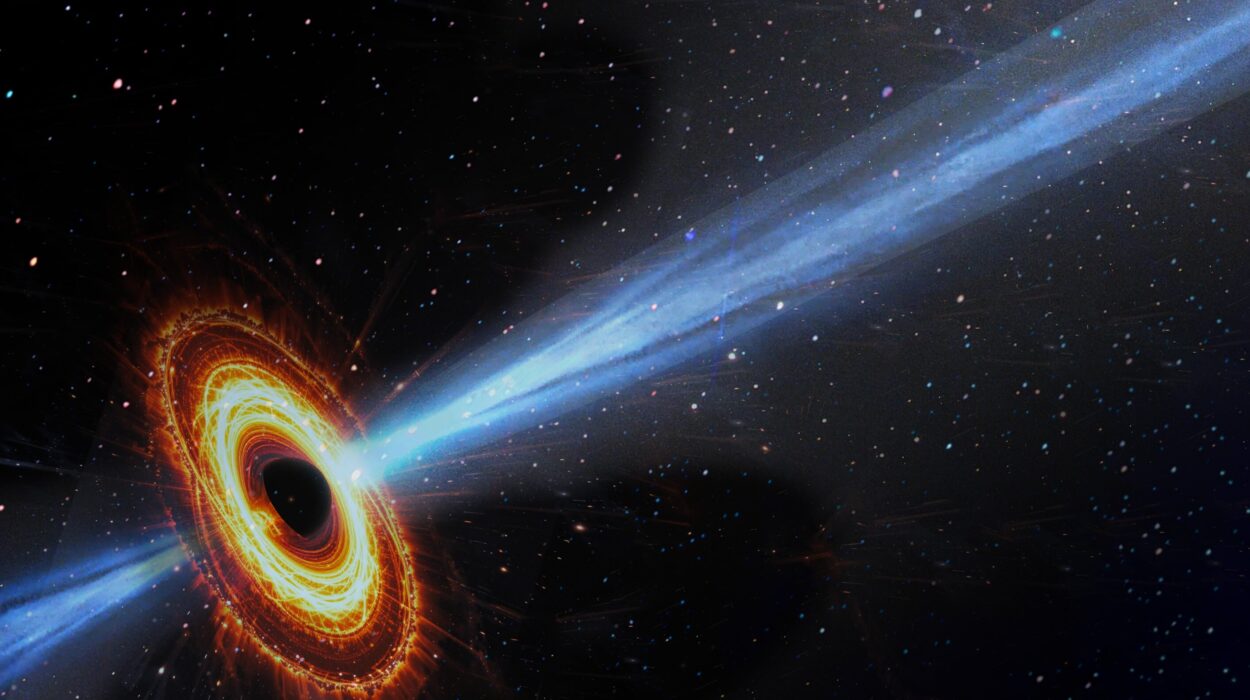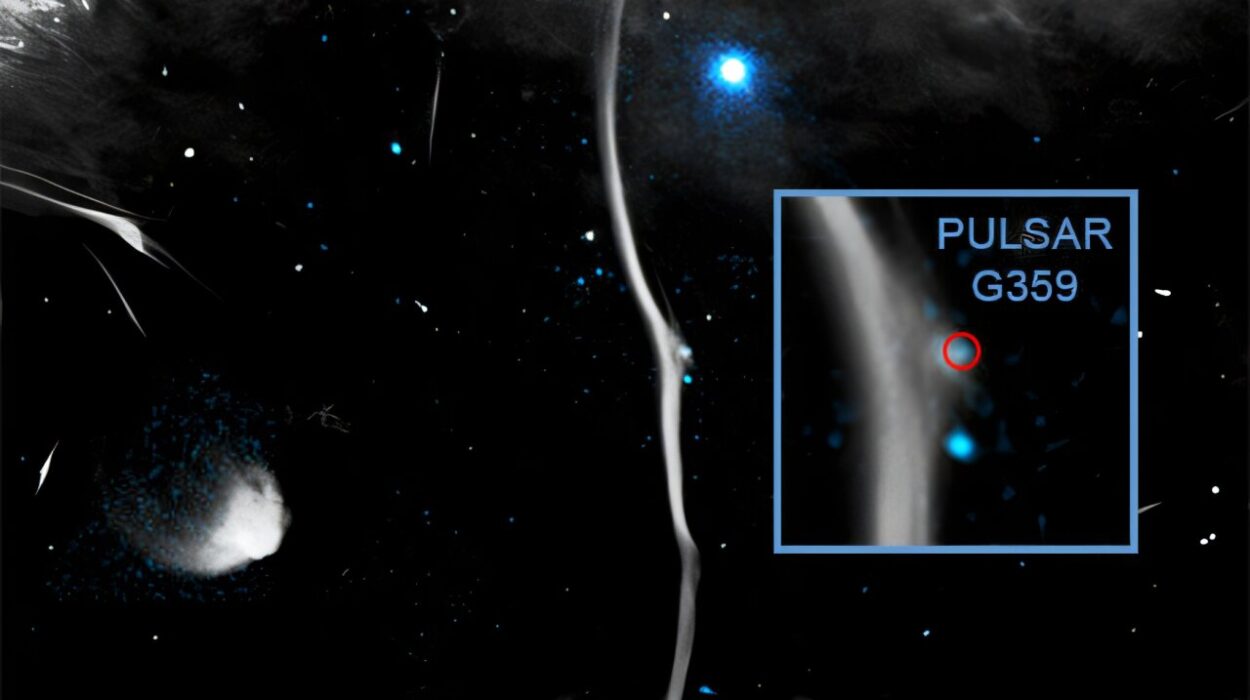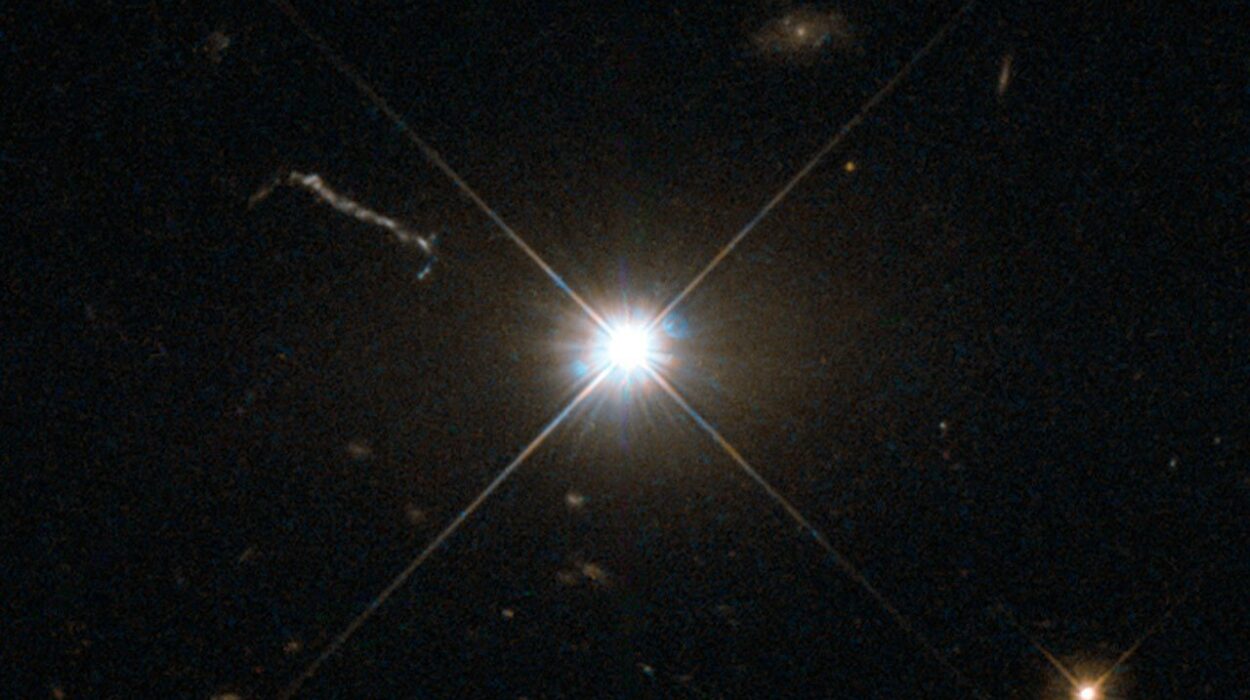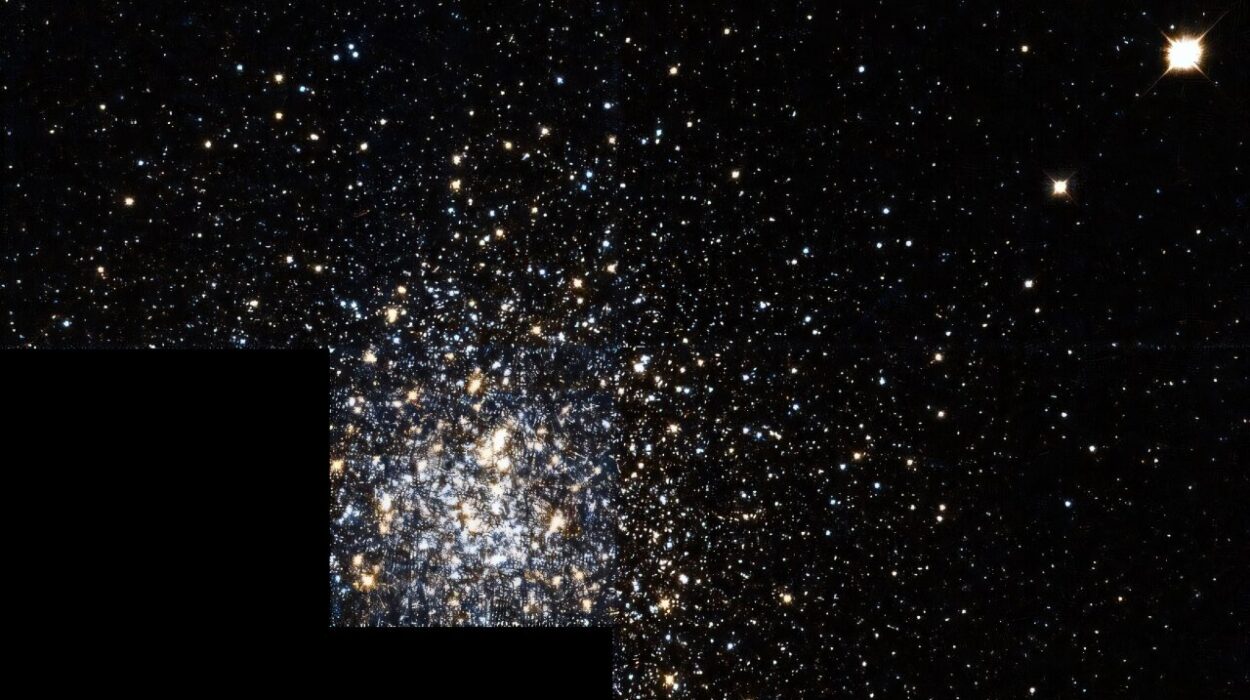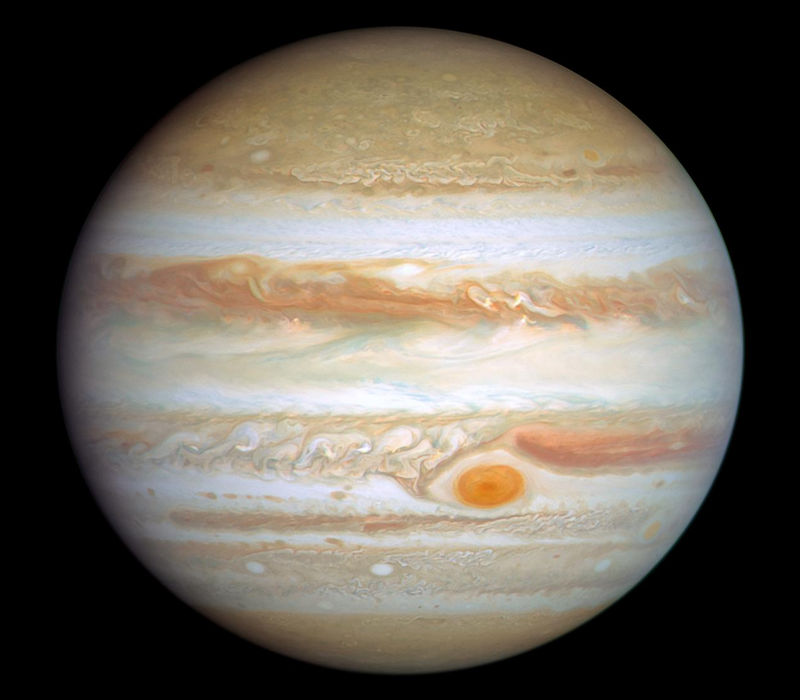Imagine peering back in time more than 13 billion years—so far that the light you’re seeing began its journey when the universe was still in its infancy. In that ancient cosmic dawn, galaxies were being born, stars were igniting, and the universe itself was sculpting the first chapters of creation. Now, scientists have discovered one of those distant, primeval powerhouses: a galaxy so hot and so productive that it forms stars 180 times faster than our own Milky Way.
This extraordinary “star factory,” known as MACS0416_Y1, or simply Y1, may hold the key to one of astronomy’s deepest mysteries—how early galaxies grew so rapidly after the Big Bang.
A Hidden Galaxy Revealed Through Cosmic Dust
The discovery of Y1 was no accident. It began when astronomers studying the distant universe noticed something peculiar—a faint, glowing galaxy whose light had traveled across space and time for over 13 billion years to reach Earth. Hidden behind a cluster of galaxies in the constellation Eridanus, this tiny smudge of light carried within it clues to an era long past.
Y1’s light, stretched and reddened by the expansion of the universe, told scientists that they were observing a galaxy from when the cosmos was less than 600 million years old—a mere fraction of its current age. But there was something else that made Y1 stand out: it was glowing intensely in superheated cosmic dust.
Cosmic dust might sound like a nuisance, but for astronomers, it’s a treasure trove. Dust grains—tiny specks of carbon and silicate—are forged in the deaths of stars. They play a crucial role in forming new stars and planets. When these grains are heated by starlight, they emit a faint glow at wavelengths invisible to human eyes. By measuring that glow, scientists can uncover the hidden processes shaping galaxies across time.
Measuring the Heat of a Distant Star Factory
To truly understand Y1, researchers needed to take its temperature—and that’s where the Atacama Large Millimeter/submillimeter Array (ALMA) came in. Perched high in the Chilean desert, ALMA is one of the most powerful telescopes in existence, capable of detecting light from the coldest and most distant corners of the cosmos.
Led by astronomer Tom Bakx of Chalmers University of Technology in Sweden, an international team used ALMA’s Band 9 instrument, tuned to a wavelength of 0.44 millimeters, to measure the heat radiating from Y1’s dust. What they found astonished them.

The dust in Y1 was glowing at 90 Kelvin, or roughly –180°C. While that might sound freezing by earthly standards, it is exceptionally warm for a galaxy this far away and this young. That warmth was the telltale sign of a furious storm of star formation—a galactic furnace burning at full intensity.
“When we saw how bright this galaxy shines compared to other wavelengths, we immediately knew we were looking at something truly special,” Bakx explained.
A Galaxy Born in Fire
In our own Milky Way, stars are born in giant molecular clouds—vast nurseries of gas and dust that collapse under gravity to form new suns. Famous examples like the Orion Nebula or the Carina Nebula glow vividly in our skies, lit by their youngest, hottest stars.
But in Y1, this process is happening on a cosmic scale beyond anything we’ve ever witnessed nearby. The galaxy is forging new stars at a staggering rate of 180 solar masses per year—that’s roughly 180 new suns being born every year, compared to the Milky Way’s modest pace of about one.
This kind of starburst activity is unsustainable over long timescales. Galaxies that burn so brightly often do so briefly, exhausting their gas reserves before settling into quieter, slower phases. Yet it’s these fleeting bursts that may have been the engines driving the rapid growth of galaxies in the early universe.
According to Bakx and his colleagues, Y1 might represent one of these intense, short-lived phases—a moment of cosmic overdrive when the universe was teeming with energy and light.
Unlocking a Cosmic Mystery
For years, astronomers have been puzzled by a contradiction in early-universe observations. Young galaxies—like Y1—appear to contain far more dust than their age should allow. Dust is typically created in the late stages of stellar evolution, when old stars die and scatter heavy elements into space. But galaxies that are only a few hundred million years old shouldn’t have had enough time for this to happen.
So where did all the dust come from?
That’s where Y1’s unusual temperature provides a clue. According to Laura Sommovigo of the Flatiron Institute and Columbia University, one of the study’s co-authors, the answer lies in the physics of light and heat.
“Galaxies in the early universe seem to be too young for the amount of dust they contain,” Sommovigo explained. “But a small amount of warm dust can be just as bright as large amounts of cool dust—and that’s exactly what we’re seeing in Y1.”
In other words, Y1’s intense star formation heats its dust to higher temperatures, making it glow far more brightly than the cooler dust found in nearby galaxies. This discovery suggests that other young galaxies might also appear “dust-rich” not because they contain more dust, but because their dust is hotter and more luminous than expected.
This finding could help solve one of the biggest mysteries in modern astrophysics: how galaxies in the early universe accumulated their mass and evolved so quickly into the majestic spirals and ellipticals we see today.
The Power of Looking Back in Time
What makes discoveries like Y1 possible is the extraordinary ability of modern telescopes to act as time machines. Because light takes time to travel, observing distant galaxies means observing the past. The farther away the galaxy, the older the snapshot we see.
In the case of Y1, its light began its journey more than 13 billion years ago, when the universe was only about 600 million years old. The light has been stretched by cosmic expansion—a phenomenon known as redshift—to a wavelength detectable only by instruments like ALMA.
At such distances, even the faintest glow becomes a priceless relic, offering insight into the dawn of galaxies. “We’re looking back to a time when the universe was making stars much faster than today,” said Bakx. “Every measurement brings us closer to understanding how those first galaxies came to life.”
Glimpses of a Fiery Beginning
Y1 is not just a discovery—it’s a window into the fiery birth of the cosmos. It tells us that galaxies in the early universe weren’t quiet, delicate structures slowly assembling over time. They were turbulent, blazing furnaces, transforming gas into light at breathtaking speeds.
Even though Y1 may be just one example, researchers believe that galaxies like it could have been common in the early cosmos. If so, these short, intense bursts of star formation could explain how galaxies grew so massive, so quickly.
In the coming years, scientists hope to find more galaxies like Y1 using ALMA and the James Webb Space Telescope (JWST). With its ability to see even farther and with greater sensitivity, JWST could reveal the first generation of stars and galaxies—those that ignited the universe’s transformation from darkness to light.
The Universe’s Eternal Story of Creation
Y1’s discovery reminds us that the universe’s history is one of constant creation. Every star we see, every galaxy in the night sky, traces its lineage back to those early, violent moments when matter first learned to shine.
Our Milky Way, now a calm and orderly spiral, was once likely a starburst galaxy too—raging with the same cosmic fire that now burns in Y1. Across billions of years, that fire cooled and settled, leaving behind a galaxy filled with planets, life, and observers capable of looking back and marveling at their origins.
In the glow of Y1, we see not just a galaxy, but a reflection of our own beginnings—a reminder that even in the vast cold of space, creation burns bright, fierce, and beautiful.
More information: Tom Bakx et al, A warm ultraluminous infrared galaxy just 600 million years after the big bang, Monthly Notices of the Royal Astronomical Society (2025). DOI: 10.1093/mnras/staf1714

